In this final deep-dive of our beginner-friendly bispecific antibody series, we explore the historical trajectory of bispecific antibody (BsAb) technology. From early-stage instability to today’s modular, multifunctional platforms, the evolution of BsAbs reveals not only scientific ingenuity but also the critical role of technological innovation in expanding therapeutic applications. We’ll trace the timeline of key developments, breakthroughs in structural engineering, and the co-evolution of manufacturing and bioinformatics that made modern BsAbs a clinical reality.
■ The First-Generation Struggles: Instability and Heterogeneity
In the 1980s–1990s, bispecific antibodies were initially created by chemically linking two monoclonal antibodies or fusing two hybridomas (quadromas). However, these early prototypes suffered from poor stability, aggregation, and inconsistent targeting due to uncontrolled chain pairing. Their limited clinical utility at the time slowed broader development.
■ Turning Point in the 2000s: Recombinant Engineering and Domain Swapping
The 2000s saw a turning point in BsAb development, thanks to advances in recombinant protein engineering. Notable milestones include:
- Knob-into-Hole (KiH) Technology: Developed to solve heavy chain pairing issues by creating complementary structures.
- CrossMab: A Roche innovation for avoiding light chain mispairing via domain exchange.
- DART and TandAb: Novel scFv-based formats optimized for T-cell redirection and enhanced stability.
■ 2010s: Emergence of Clinical-Grade BsAbs and First Approvals
With stable formats in hand, the 2010s marked the clinical breakthrough of BsAbs. Key milestones:
- Blincyto (2014): First FDA-approved BsAb (BiTE format), targeting CD3 × CD19 in ALL.
- Amivantamab, Teclistamab, Mosunetuzumab: Several IgG-like and T-cell redirecting BsAbs entered clinical pipelines and received approval for solid and hematologic malignancies.
Platform technologies became more sophisticated, including “2:1 binding” formats to increase target avidity and reduce off-target effects.
■ 2020s: AI Integration and Multifunctional Modules
Recent advances in AI and synthetic biology have further accelerated BsAb development. Innovations include:
- Machine-learning-guided affinity prediction
- Modular platform designs for plug-and-play antibody development
- Bispecific + immune checkpoint fusion formats
Examples include dual targeting of PD-L1 × TGF-β, or combining antigen binding with costimulatory receptor engagement (e.g., CD28).
■ Manufacturing Innovation and Regulatory Frameworks
Manufacturing of BsAbs was once a bottleneck due to structural complexity and yield issues. But the integration of high-throughput screening, cell line engineering, and next-gen purification methods has significantly increased productivity. Regulatory pathways have also matured, with the FDA and EMA now offering specific guidance for BsAb development.
■ Global Pipeline Expansion and Licensing Booms
The 2020s have seen a surge in pipeline expansion, particularly in China, the U.S., and Europe. Licensing deals for BsAb platforms now regularly exceed hundreds of millions in upfront payments. Notable deals include:
- Sanofi × Innovent: $2B collaboration on oncology BsAbs
- Genmab × AbbVie: Multiple BsAb co-developments
- Zymeworks, Xencor, IGM Biosciences: Platform licensing leaders
■ Summary
Bispecific antibody technology has evolved from unstable, exploratory formats to highly-engineered, multifunctional therapeutics. Future innovation will likely be shaped by continued AI integration, new target discovery, and modular biologic engineering. The rapid pace of clinical approvals and deals signals a paradigm shift in biologic therapy.
🔗 Related Articles / Series Links
- Therapeutic Trends 2025: What to Watch
- Introductory Series Index
- #1: What Are Slimming Drugs? A Gentle Introduction to Anti-Obesity Medications
- #1: What Are Antibodies? The Origin Story of ADCs – A Precision Cancer Weapon
- In vivo CART Series
- #1: What Is CAR-T? The Story of Emily Whitehead
- #2: The Technologies Behind In Vivo CAR-T
- #3: Key to Precision and Safety: Designing Smart CAR Expression
- #4: Deep Dive into CAR Structure: The Latest in Co-stimulation and Signal Engineering
- #5: Clinical Trial Frontlines and Emerging Biotechs
- #6: Emerging Technologies Addressing In vivo CAR-T Challenges
- #7: Key Figures Shaping the Future of in vivo CAR-T
- #8: Global Strategies Shaping the Future of in vivo CAR-T Development
- Bispecific Antibody Drug Series
- What Are Bispecific Antibody Drugs? A Thorough Introduction (Part 1)
- Comparing Structural Designs and Their Impact on Therapeutic Efficacy (Part 2)
- Strategic Considerations in Selecting Targets for Bispecific Antibody Drugs (Part 3)
- Bispecific Antibody Drug: Pharmacological Differences Based on Modalities (Part4)
- Latest Advances and 1-Year Approval Roundup (Part5).
This article was produced by the Morningglorysciences editorial team.
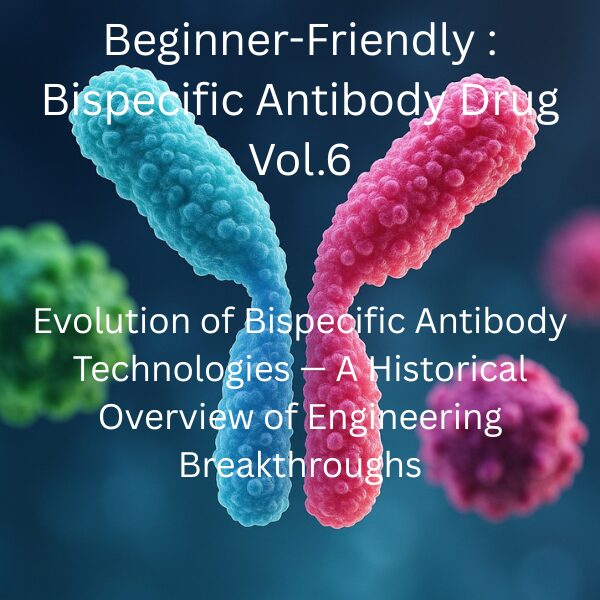
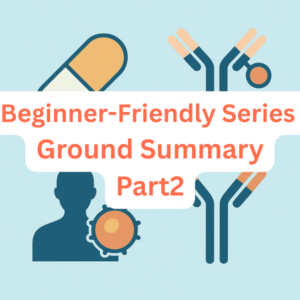
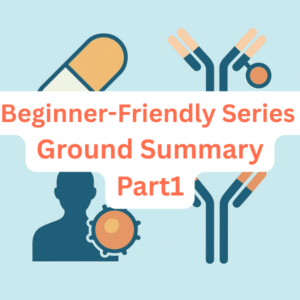

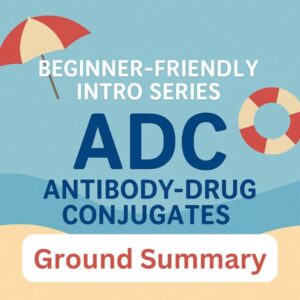

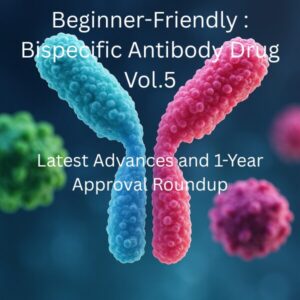
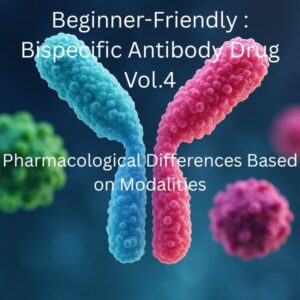
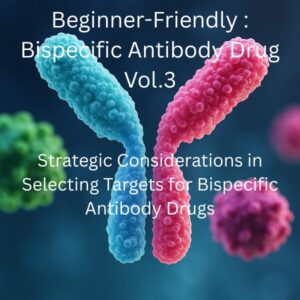
Comments